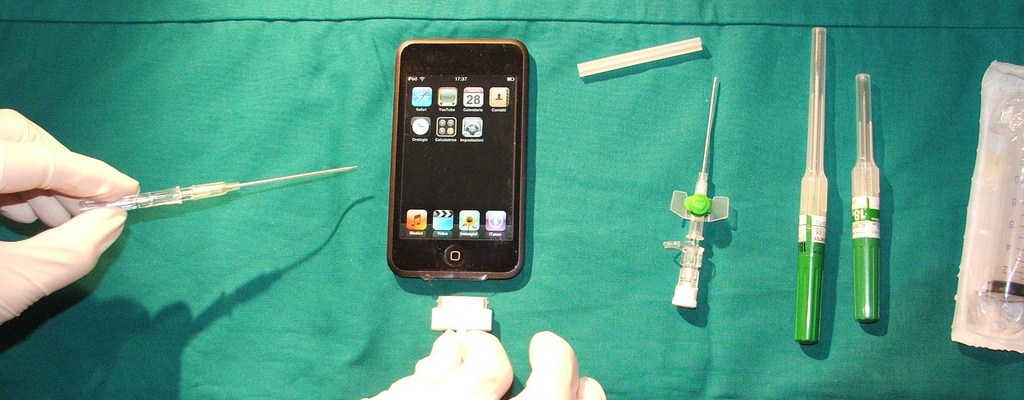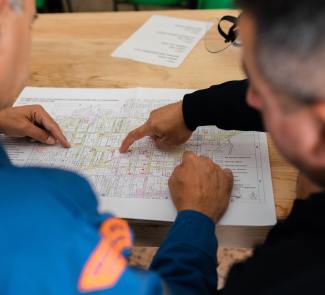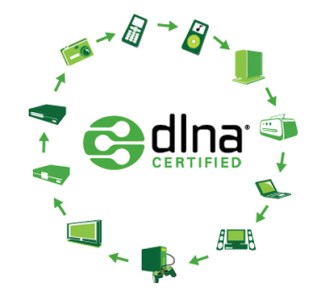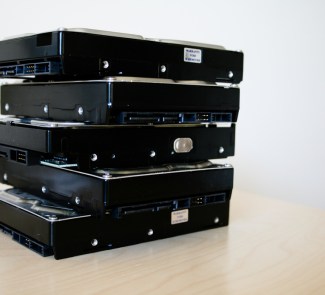Jailbreaking and Rooting are two processes that can be done in iOS and Android=, respectively, to unlock the terminal and allow the user to do things that would otherwise be impossible.
Many users of modern mobile phones are already quite familiar with the two most popular operating systems in the world of smartphones: Apple’s iOS and Android from Google. One is completely closed and walled-off, and the other is so open that it has broken into hundreds of pieces.
Each operating system has its advantages and disadvantages, and ultimately, the choice of whether to buy an iPhone or Android phone is always determined by the needs of each person. Nevertheless, users of both platforms often find themselves in the position of wanting to try something new, or different, only to discover that their terminal is locked in some way by the manufacturer and that there are certain limitations on what they can do with the device.
The Principle of Minimum Privilege

Usually it’s not the run-of-the-mill users who are looking for unrestricted access to their terminals and who aren’t satisfied with what comes with them. But more and more users are venturing out to take full control of what they can do with their smartphones, and if we add the functions that the Internet offers to guide you on your way, just about anyone can manage to do this with a minimum of effort. But it also brings problems along with it.
Modern devices, including computers, stay connected to the internet most of the time, and for this reason, the best way to stay safe against malicious attacks is to limit the privileges of user accounts. This is what’s known as the Minimum Privilege Principle; you shouldn’t use an Administrator account in Windows for everyday computer use, and if you use Linux, you’ve probably realised that you need to login as superuser or enter your administrator password for most operations. Why? Simply because if you have administrator access, any attack that is specialized enough will have the same access as your user account, and consequently total control to do anything with your data.
Jailbreaking and Rooting

So what happens with mobile operating systems? The answer is simple: if you jailbreak your iPhone, or “root” your Android terminal, you’ll be obtaining superuser permissions, which is something that the manufacturer blocks for a variety of commercial reasons, as well as to maintain the security of their devices. This is why you immediately void the manufacturer’s guarantee when you carry out the procedures to unlock a terminal.
Jailbreaking in iOS and root access in Android give the user access to many interesting features that would be unavailable otherwise, but at the same time, it makes them more susceptible to malicious attacks. The information that you carry on these devices is usually very sensitive, and if you’re not clear as to the magnitude of the risk you’re taking, you shouldn’t do it.
The process itself is usually quite simple – and strangely enough, it’s easier to Jailbreak an iPhone than obtain root access on the thousands of different Android terminals – and for some, this is vital, but in the end, for most users, the benefits aren’t so great and the risk is considerable.
Photos: Salvatore Costa, johncatral, FHKE









